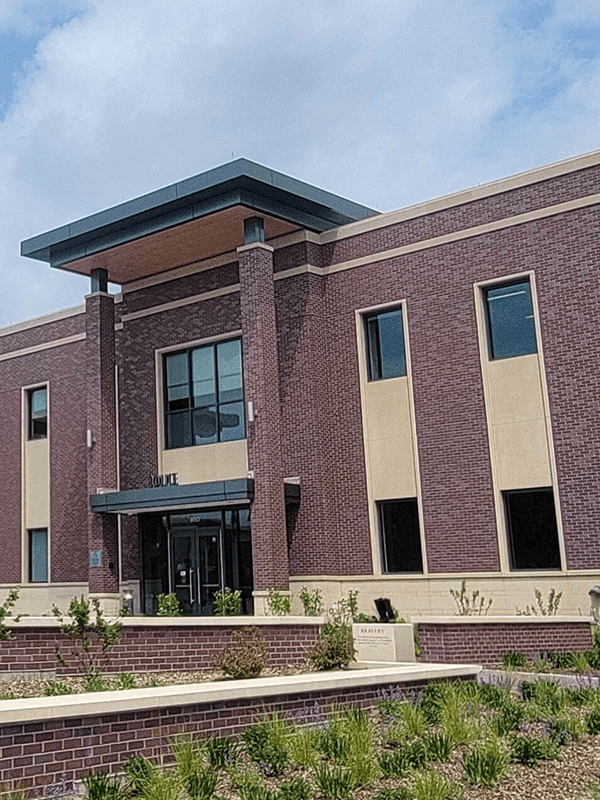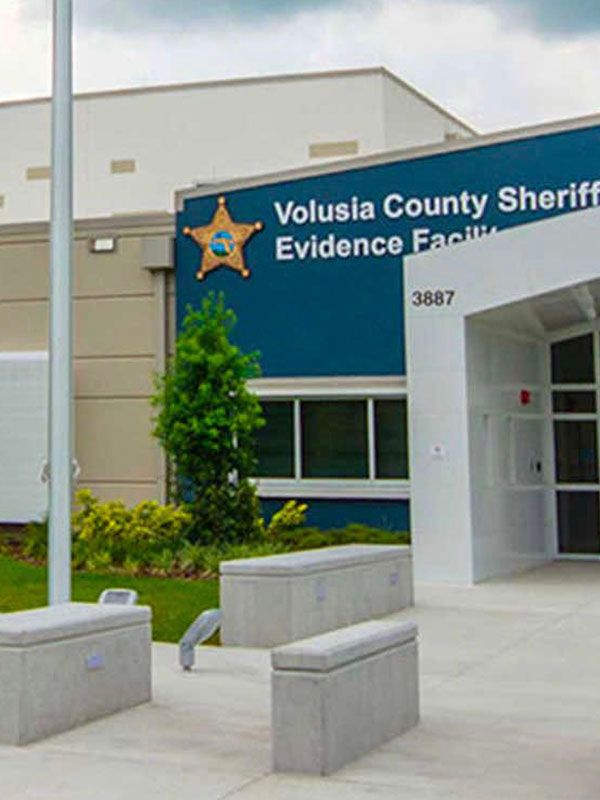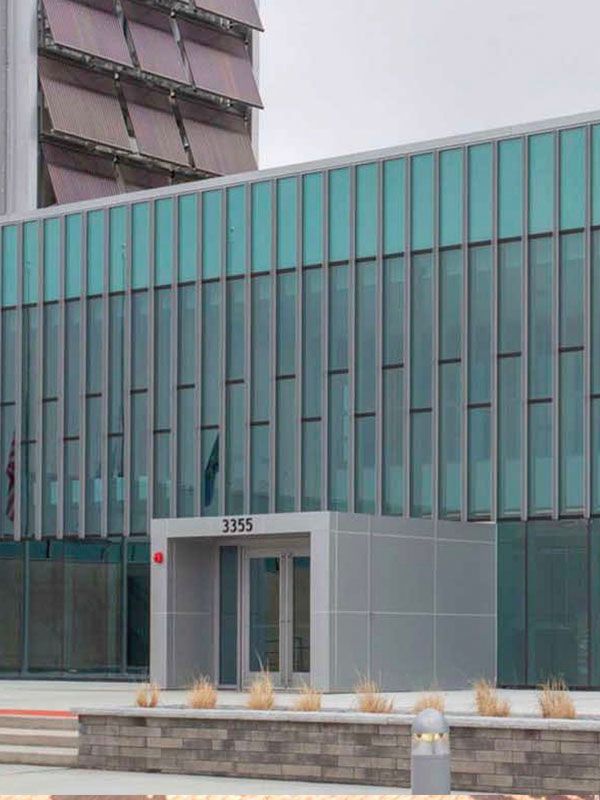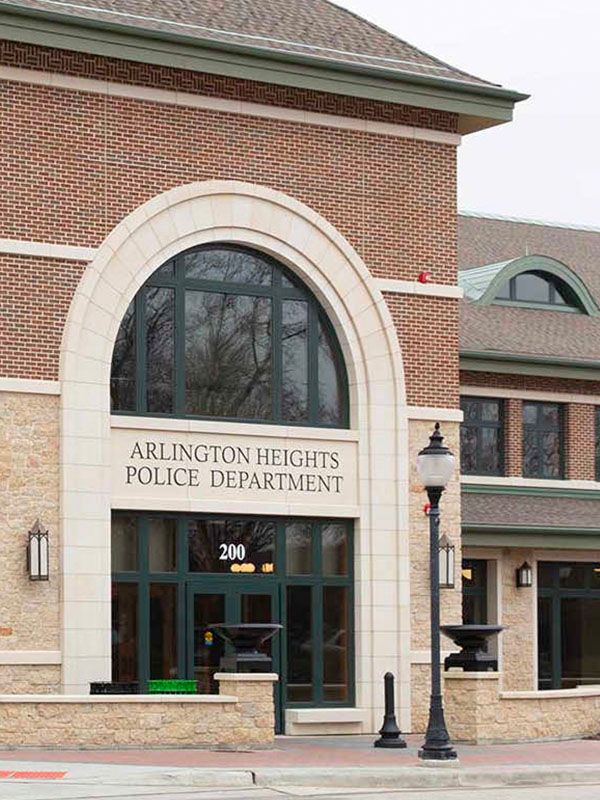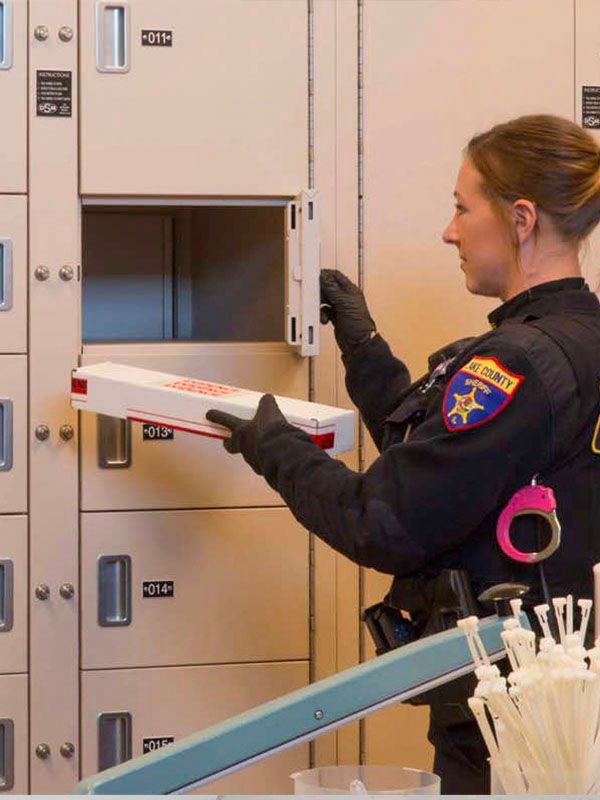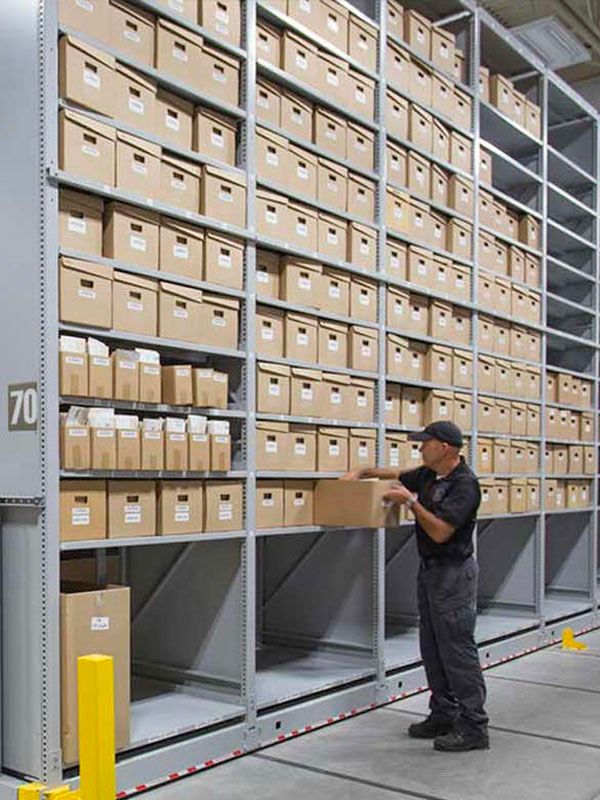Salt Lake City, Utah
Preserving City’s History
Historical preservation at Salt Lake City’s police & fire museum is bettered by compact museum shelving.
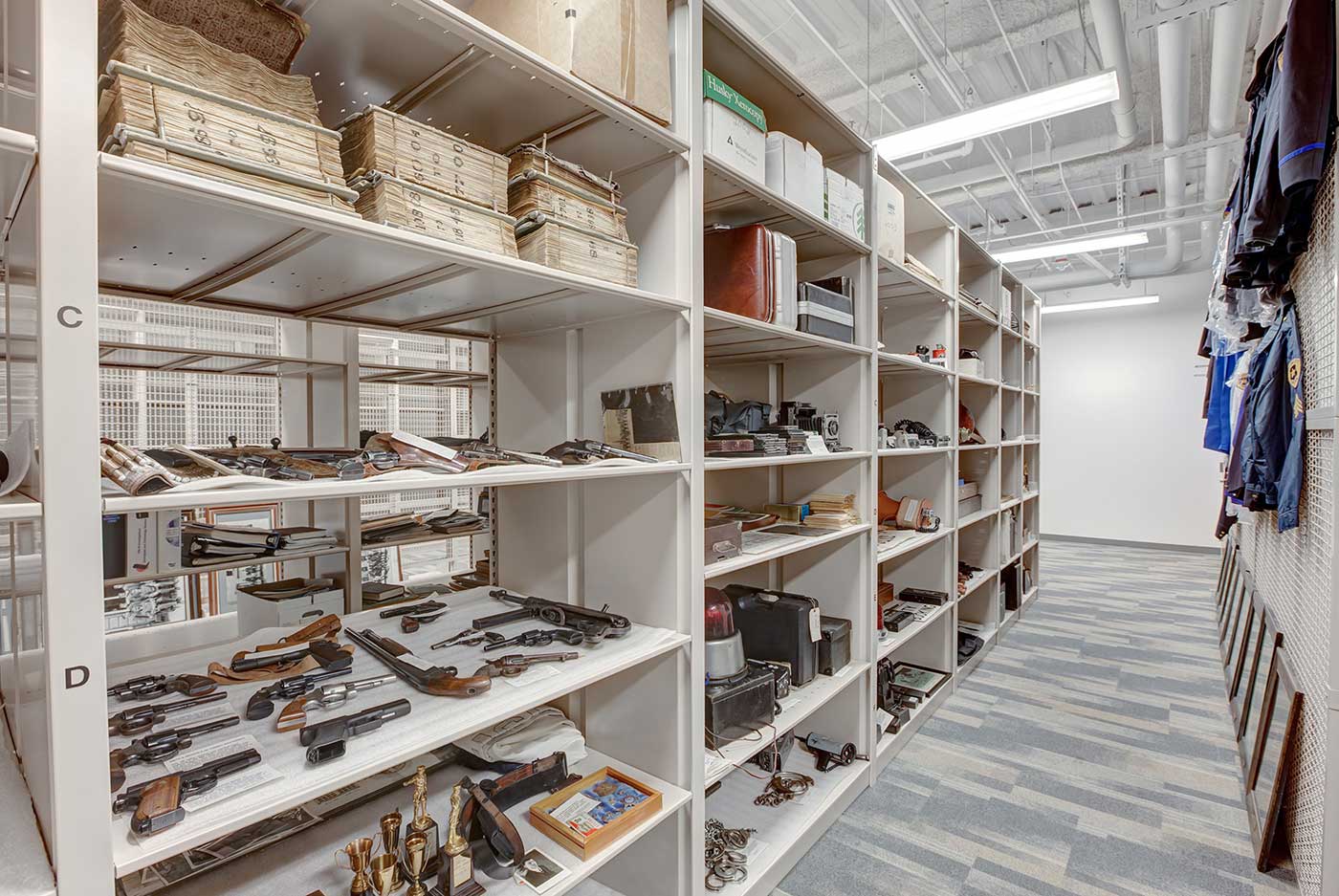
In describing the Salt Lake City Public Safety Building, the phrase “one-of-a-kind”, although a very good descriptor, seems to fall short. The 174,000 square-foot building was constructed to withstand a 7.5 magnitude earthquake, achieved a LEED® Platinum Certification, and is the only building of its kind in the United States to achieve a “net zero” rating—meaning, the building will produce just as much energy as it uses. With all of the steps the building takes to ensure a sustainable future for Salt Lake City and its residents, there’s also a portion of the building that is committed to preserving the city’s past—the Salt Lake City Police and Fire Museum, which is home to a 293 years of history from the combined service of the Salt Lake City Police and Fire departments.
Because of that history, one of the goals of the building was to do a better job preserving and protecting a small but robust collection of archives, documents, photographs, and artwork relating to the history of public safety in the city.
Download the full story
The Salt Lake City Public Safety Building, and helping a new building maximize its space, for all the details from preservation to security.
Download the full story
The Salt Lake City Public Safety Building, and helping a new building maximize its space, for all the details from preservation to security.

When the Salt Lake City Public Safety building was in the planning process, there were several guiding principles. First of all, the police, fire, emergency response, and corrections units were going to live under one roof for the first time—and with that came a complete assessment of the new space. In order for everyone to have enough space to protect and serve the community, the building was going to have to make excellent use of space, particularly in regards to evidence, equipment, and file storage. Second, the building’s construction was happening in downtown Salt Lake City, meaning a high price per square foot. Building a separate warehouse near the building specifically for storage was out of the question.

"Now, we have a storage and inventory capability that we didn’t have previously. Not only space to store, but space to also be able to work on and preserve the collection."
- Bill Silver, Salt Lake City Police Detective
Previously, all of the archives related to police and fire department history were scattered throughout the city. Old photographs, vintage weapons, and documents took up two and a half rooms in Salt Lake City’s old public safety building in addition to offsite collections that lived in warehouses. “We were actually worried that because of the lack of storage space, we’d actually lose some of the collections and archives,” says Salt Lake City Police detective Bill Silver. “There just wasn’t an inventory system to keep track of everything.”
The staff of the two departments didn’t want to experience any of those losses, and looked to GSBS Architects, the firm designing the new building, for help. GSBS answered by creating a warehouse-type space within the basement of the building—but space was still at a premium, and compact museum shelving would need to be a priority. To assist, GSBS and the department’s staff sought out the help of Spacesaver Intermountain, the authorized Spacesaver® distributor in the Salt Lake City area and a company who had worked on a variety of public safety and museum projects alike.
Police & Fire Department Archives
With the available basement space, Spacesaver Intermountain drew up a design that relied on a combination of static shelving and art racks to provide the compact museum shelving needed to store all of the archives in one place. The art racks were mounted back to back on cantilever metal shelving frames in one section of the space in order to accommodate the large number of police uniforms, artwork, and framed photographs. Static shelving was equipped with adjustable shelves to hold weapons, record books, and even a vintage police car siren. Museum-grade storage cabinets, meant for a few special collections the departments wanted to take special care with, rounded out the storage solution.
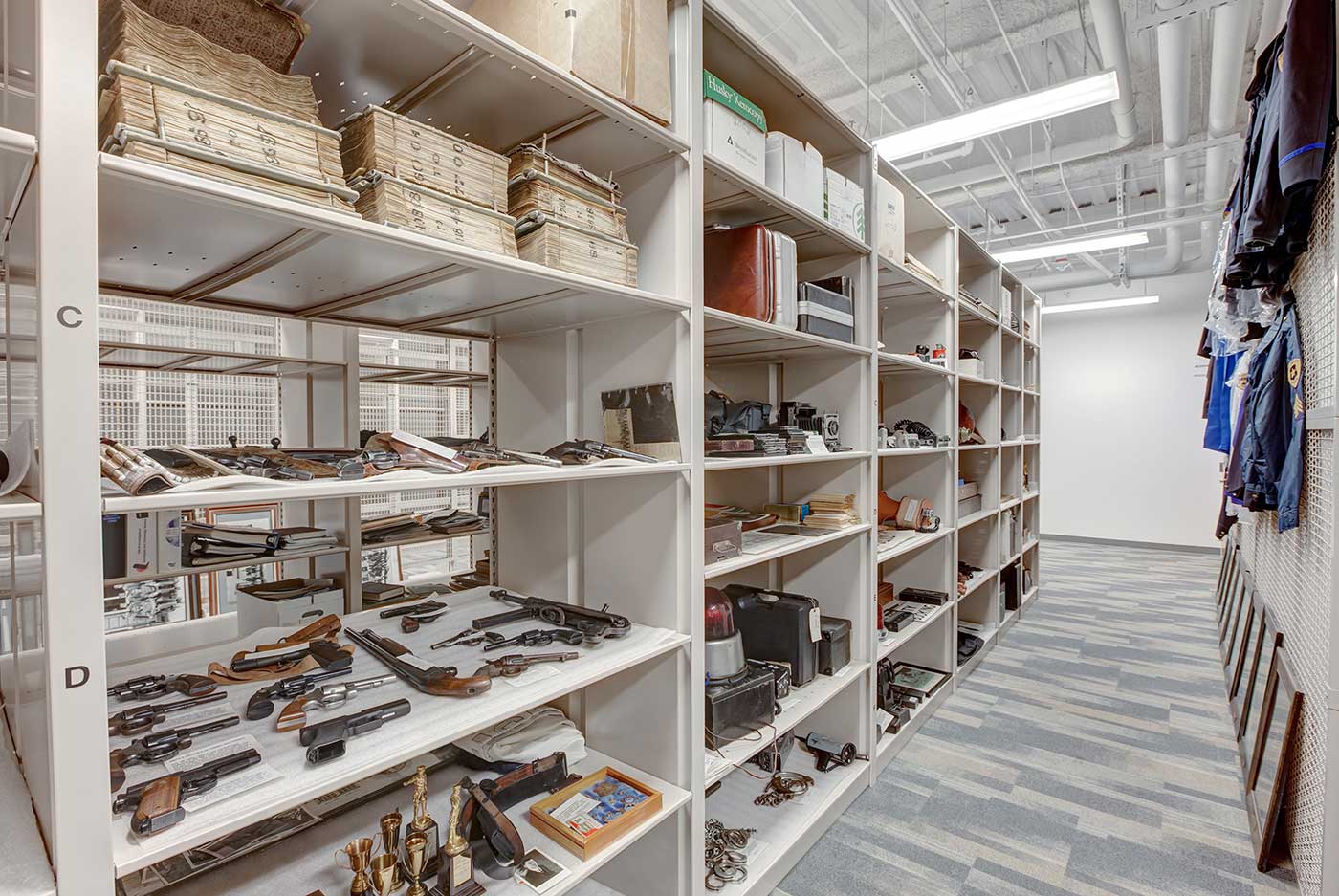
The upgraded storage has made a tremendous difference in the organization of the police and fire department archives—to the point where the two entities celebrated the official Grand Opening of the Salt Lake City Police & Fire Museum in May 2014. “Now, we have a storage and inventory capability that we didn’t have previously,” Silver says. “Not only space to store, but space to also be able to work on and preserve the collection.”

Future of the Collection
The staff working in the archives knows exactly where each piece is, as the compact museum shelving and art racks offer full visibility. This has resulted in a benefit the group didn’t expect—a constant stream of ideas for exhibits and special projects. Because of the streamlined storage solution, many archives are on display at the Museum never before seen by the public—among them the first firearm used in the state of Utah, the Olympic torch and jackets worn by officers during the 2002 Summer Olympics, and documents from several high-profile investigations in the city.
Silver, who gives tours of the museum, is grateful for the new system and what it will allow the departments to do in terms of acquiring additional archives. “We had to anticipate what we would need for the expansion of our collection, and Spacesaver helped us with that. They’ve really helped us take care of our archives.”
